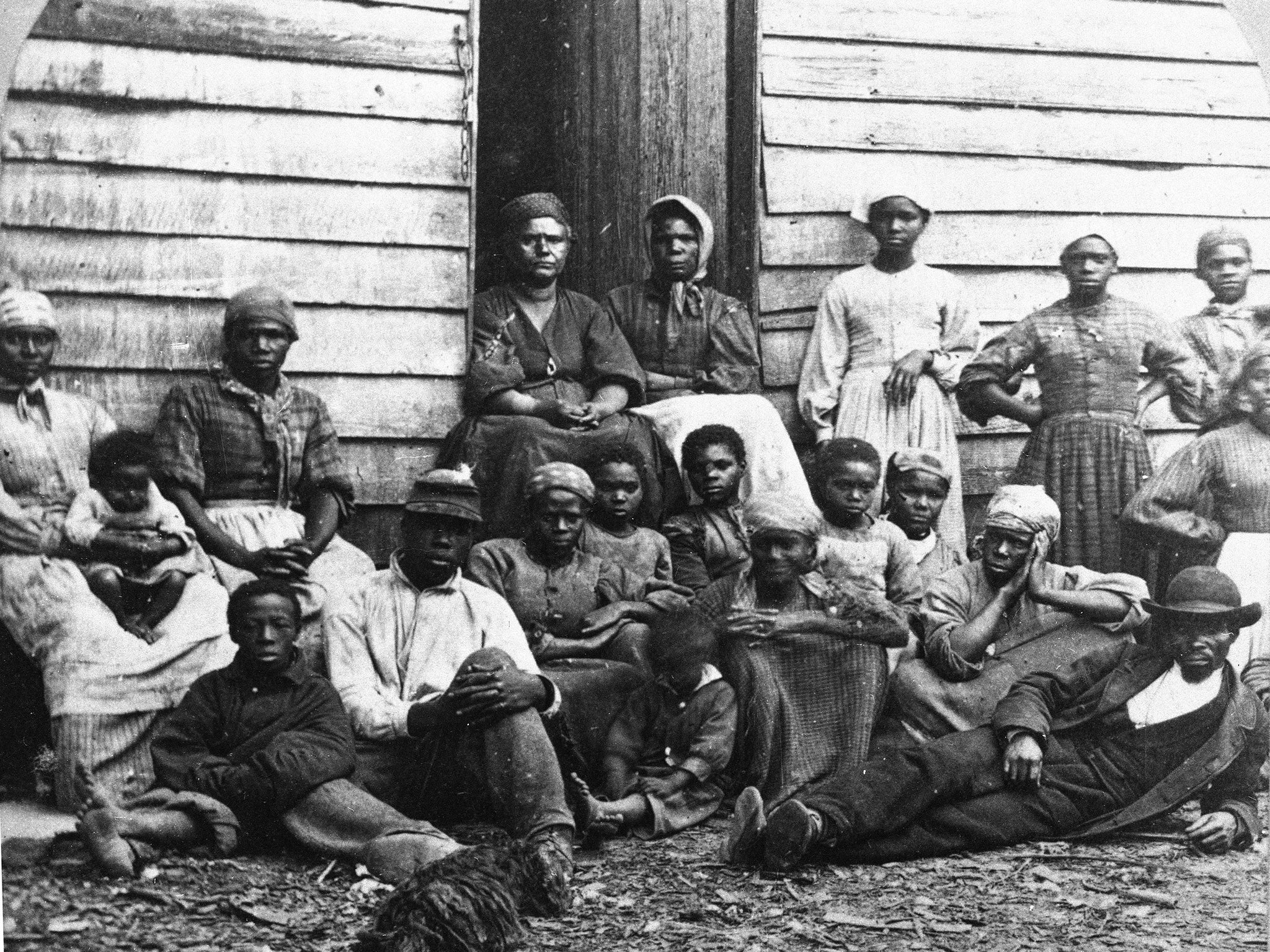http://www.landsat.com/street-map/illinois/nauvoo-il-1751791.gif
What did the Saints trade to obtain house lots in the
newly formed Nauvoo?
a.
Livestock
b.
Wagons
c.
Labor
d.
Titles to their Missouri
or Kirtland properties
Yesterday’s
answer:
B Infant
mortality
Infant mortality was high, and few nineteenth century
Mormon women escaped the loss of one or more children. For Martha Cox, the
death of her firstborn was “my first real sorrow and the bitterest
disappointment I had ever known.” Sorrow was long remembered by some mothers
who marked the passing days, months, and years since the birth or death of a
deceased child. Emmeline Wells noted in her diary that September 1, 1874, was
the anniversary of the birth of her first and only son, Eugene. “He would have
been thirty today,” she wrote. “If he were living how much happiness he might
bring to me.” Faith in a resurrection to life after death did not eliminate the
pain the women felt, but it seemed to ease it somewhat. Upon the death of her
youngest son, Sally Randall reflected: “I know he is better off than the rest
of us, but it seems hard to part, but I think the separation will not be long
if we are faithful.”
Women’s
Voices-An Untold History of The Latter-day Saints 1830-1900 (Salt Lake City: Deseret Book Company, 1982), 11-12.





